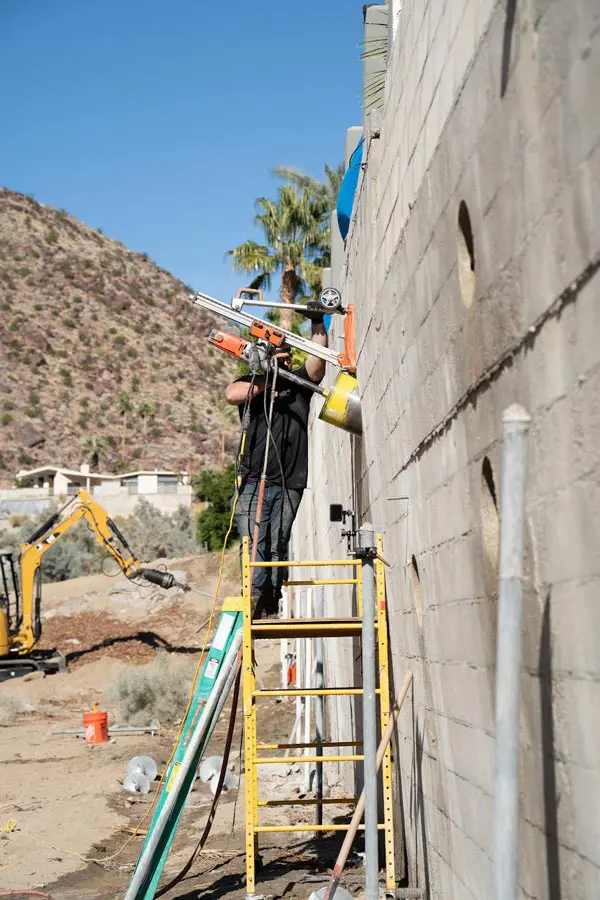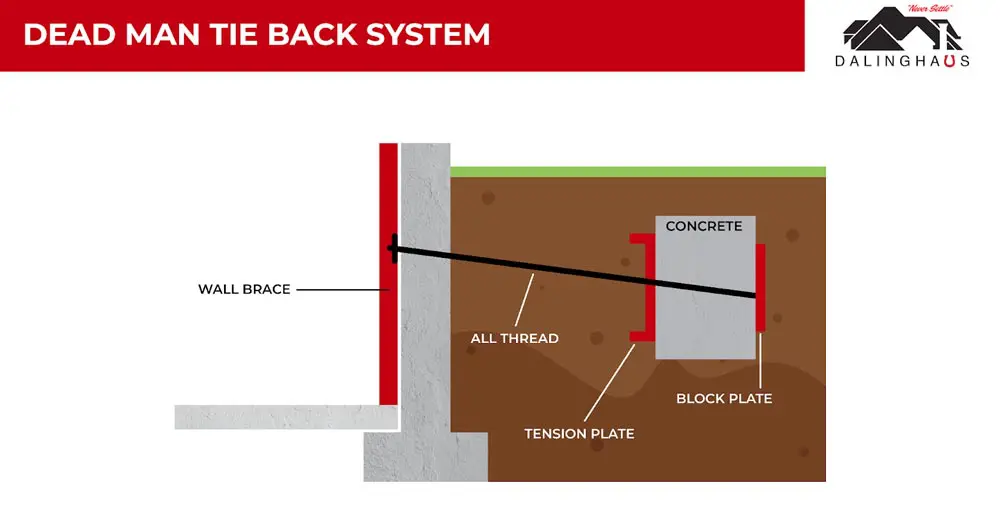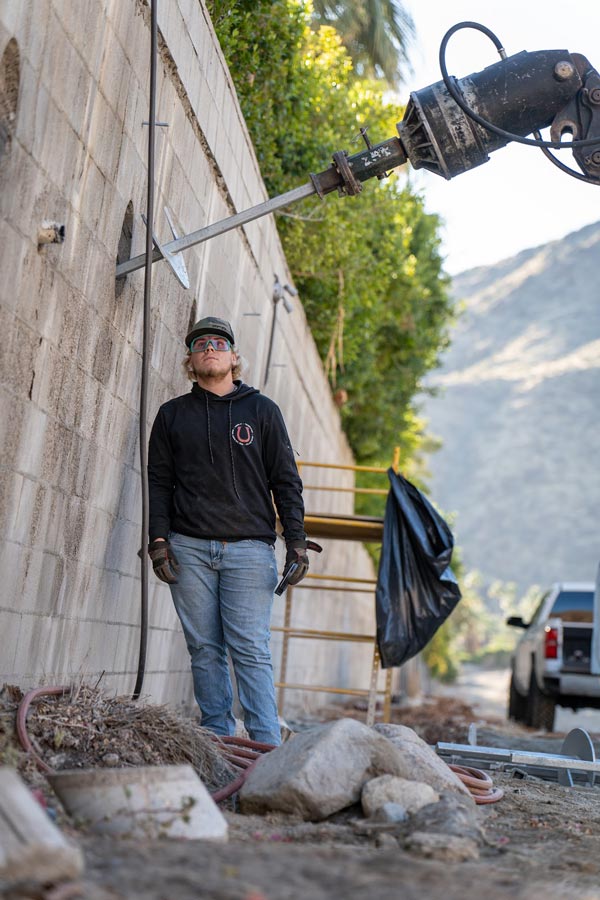If you’ve ever eyed your sloping backyard and wondered how to make it more functional or protect your property from soil erosion, understanding the role of tiebacks could be the first step towards a sturdy and lasting solution. These hidden wonders are the unsung heroes in the world of retaining walls, offering extra stability and peace of mind for your terraces, gardens, and outdoor living spaces. So, whether you’re contemplating a new retaining wall project or looking to bolster an existing structure, join us as we unravel the mysteries of retaining wall tiebacks and how they could benefit your home.
What Happens When Retaining Walls Lack Support?

The purpose of a retaining wall is to hold back a slope to reduce erosion, lessen slope steepness, or achieve some other goal. When performing this function, retaining walls must hold back an incredible amount of weight in the form of soil. When a retaining wall is built incorrectly, the weight of the soil can cause it to fail. The issue becomes even worse when the soil behind the wall becomes saturated, creating hydrostatic pressure. When the pressure behind a wall becomes too great, the wall may crack, lean forward, or begin to bow. All those signs indicate that your wall is failing and that adding tiebacks may be a viable way to resolve that issue.
What Are Retaining Wall Tiebacks and How Do They Work?
In simple terms, retaining wall tiebacks are structural elements that significantly increase the stability of a retaining wall. Retaining wall tiebacks come in several forms, but they all tend to have similar common components. A standard tieback will consist of a means of connection to either the front or back of the retaining wall and a rod that extends horizontally deep into the earth behind the wall. At times, the end of the rod within the earth connects to a concrete block or some other type of weighted object.

A tieback primarily aims to enhance a retaining wall’s natural strength. The connection the rod forms between the wall and the soil behind it dramatically increases the wall’s stability and makes it far less likely to pitch forward over time.
Retaining wall tiebacks can either be a fundamental element of a retaining wall’s original design or a way to stabilize and repair an existing retaining wall. In either case, the tieback reduces the chances of structural failure and can significantly extend the wall’s lifespan.
Do All Retaining Walls Need Tiebacks?
No, tiebacks aren’t necessary for all retaining walls. Tiebacks is an option builders can take if they deem it necessary for the wall they are constructing.
Types of Walls that Benefit Most from Tiebacks
Tiebacks are especially beneficial to certain types of walls. These include the following:
- Leaning or bowing walls: When excessive hydrostatic pressure accumulates behind a retaining wall, it can often begin to bow or lean forward. Installing tiebacks helps hold the wall in place and prevent additional deformation.
- Old walls: The older a wall is, the more likely it is to need additional structural support. Adding tiebacks is one of the best ways to provide that reinforcement.
- Seawalls: The brutal impacts of waves and seaside elements require seawalls to be as strong as possible. Because of this, tiebacks are almost always included in seawall design.
Retaining Wall Tieback Installation

Mainly, tiebacks will either be a part of the original construction of the wall or an addition later on to resolve structural failure or some other problem. If a construction team includes tiebacks in the original design of a wall, they will embed them in the middle of the construction process. After completing the wall, the tiebacks will immediately serve their role of maintaining the wall’s structural integrity.
Alternatively, a wall repair team may add a tieback to a wall after it has been built. In these cases, the team will drill the tiebacks through the wall until they are fully embedded in the soil. This approach can provide much-needed support to walls that have failed to hold the weight of the soil they retain.
Need Advice About Your Retaining Wall?
Assessing retaining walls is something that most homeowners cannot do on their own. Instead, you must find a construction professional you can trust in your area. For those in Southern California, Nevada, and Arizona, Dalinghaus Construction is the best team you can choose for any retaining wall project. We can provide you with retaining wall tiebacks, foundation repairs, and much more. Contact us today.






